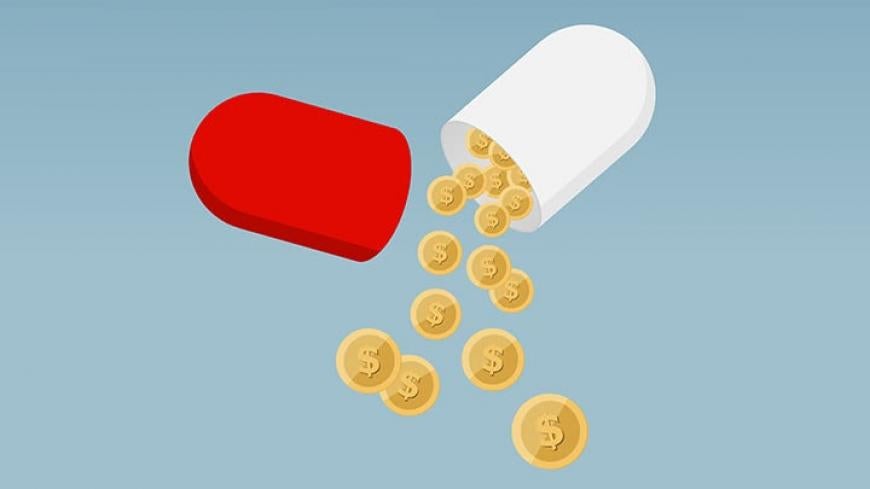How to Find Out If Your Doctor Is on the Payroll of Big Pharma

Nestled within the 20,000+ pages of the Affordable Care Act (aka “Obamacare”) is something known as the Physician Payments Sunshine Act.
The Sunshine Act mandates that manufacturers of drugs and medical devices disclose payments to physicians of more than $10. It also requires that drug and device maker payment data be posted on a publicly accessible website administered by the Centers for Medicare and Medicaid Services (CMS). These provisions are intended to help patients make better-informed healthcare decisions and to discourage financial ties that could increase health care costs.
As the New England Journal of Medicine (NEJM) explains, patients who find out that their doctor is involved with industry might trust the doctor less and be less inclined to accept treatment recommendations or care from them. “Given the evidence that greater physician financial involvement with manufacturers is associated with higher utilization of expensive, brand-name products, such dynamics could reduce costs,” writes NEJM.
With U.S. healthcare costs skyrocketing, and with high brand name drug costs a major culprit, the cost-lowering aspect of transparency is certainly important. But beyond that, patients simply have a right to know whether their doctor is taking medical industry money. What they do with that information is up to them. Without adequate knowledge, however, transparency is impossible.
Here’s how to find out if your doctor is taking money from Big Pharma:
- Visit OpenPaymentsData.CMS.gov
- Enter the first and last name of your doctor
- Click “Search”
- Find and click your physician’s name in the records results
- If multiple results appear, click “refine your search criteria,” add more information, and repeat the search
Alternately, patients can visit ProPublica’s “Dollars for Docs” website and search by doctor, drug, or device.
ProPublica, using data obtained through the CMS Open Payments tool, recently published an analysis that shows the more money doctors receive from the medical industry, the more they prescribe brand name medications.
While this may not seem like an earth-shattering finding, the evidence for it up until now has been piecemeal. Prior to the Sunshine Act, there was no centralized mechanism for tracking physician payments from drug and device companies.
According to ProPublica, from August 2013 to December 2014 alone, pharmaceutical and medical device companies made $3.49 billion in payments to more than 680,000 doctors.
Doctors tend to deny that financial influences have any bearing on what they recommend to patients. ProPublica says their analysis doesn’t prove industry payments sway physicians to prescribe certain drugs or a particular company’s drugs, but that overall, payments benefit drug companies’ bottom line.
In a health care system that should be serving the people, not the powerful, this is reason enough to discourage financial ties between the medical industry and doctors.
“There is a very good reason why drug companies spend billions of dollars on their sales and promotional efforts: the strategy works,” says James Young, an attorney for ClassAction.com who is nationally recognized for his work in pharmaceutical litigation.
Mr. Young adds, “The next time your doctor writes a prescription for a brand drug, ask her why she chose that drug over generics or competitors."


